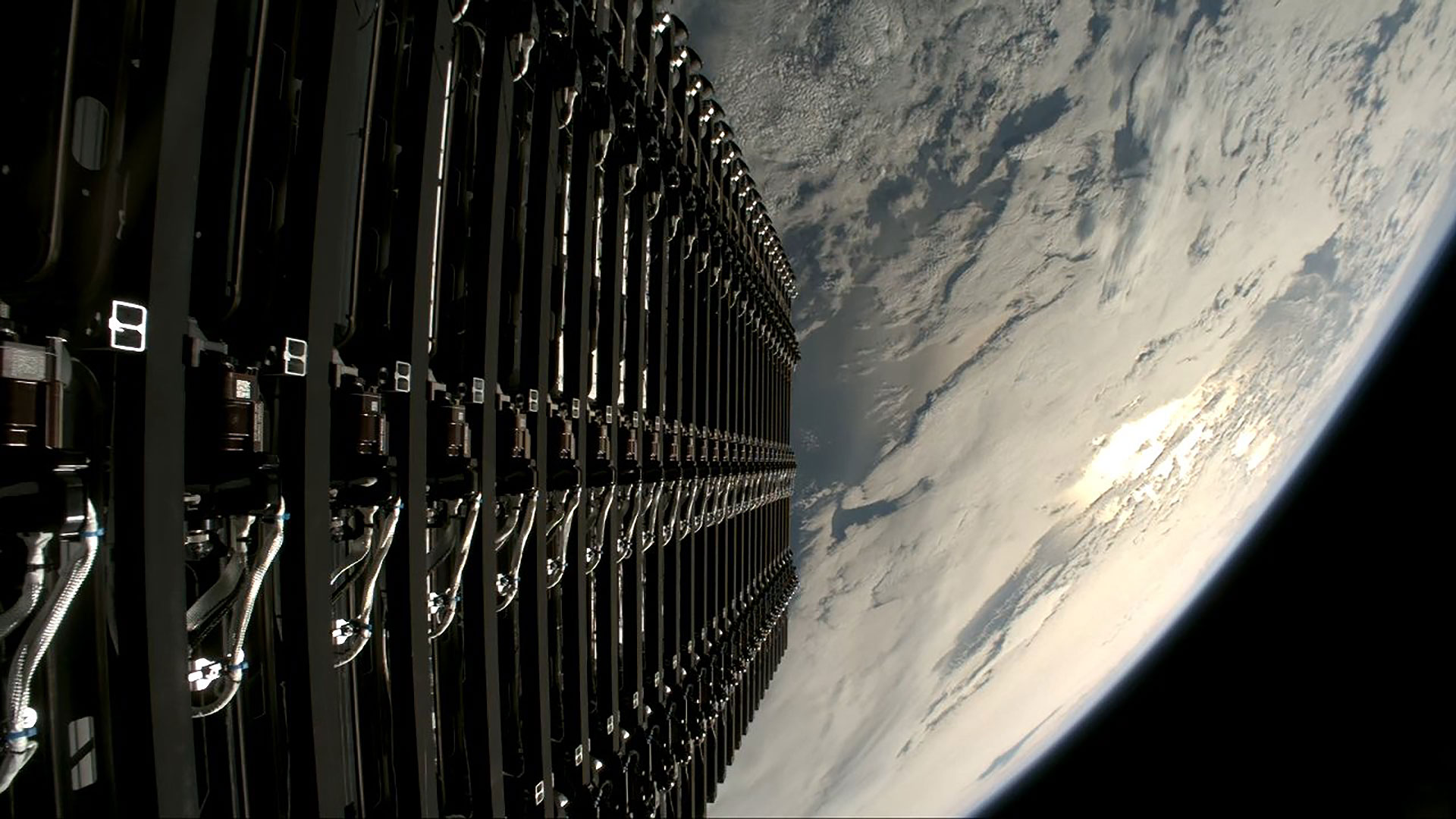China's enormous FAST radio telescope is getting even bigger (video)
The new FAST Core Array will feature 24 additional large radio telescope dishes.
China has kicked off of a second phase of construction to enhance the capabilities of what is already the world's largest single-dish radio telescope.
The Five-hundred-meter Aperture Spherical Telescope (FAST), situated in a karst region in Guizhou, southwest China, has been operating since January 2020. But now a second phase will add 24 new moveable radio telescopes, each with a diameter of 131 feet (40 meters). Construction officially started on Sept. 25, on the eighth anniversary of FAST's completion.
This expansion, named the FAST Core Array, aims to make use of the "quiet" electromagnetic environment that exists within a 3-mile (5 kilometers) radius around the telescope, according to China Central Television (CCTV). The site was originally chosen for the area's remote location and natural topography. When combined into an array, the new telescopes will enhance resolution and detection capabilities.
The plan aims to allow scientists deeper investigations into various fields, including gravitational wave events, fast radio bursts, supernovae and black hole tidal disruption events.
It will also contribute to space situational awareness, detection of small solar system objects, communication and control of deep space probes and other areas, according to a paper on the Array.
Related: China is opening the world's largest radio telescope up to international scientists
FAST was completed in 2016 and became fully operational in early 2020. It has so far detected more than 900 pulsars, or fast-spinning neutron stars. The giant facility has also been open to research requests from international scientists and teams since early 2021.
Breaking space news, the latest updates on rocket launches, skywatching events and more!

Andrew is a freelance space journalist with a focus on reporting on China's rapidly growing space sector. He began writing for Space.com in 2019 and writes for SpaceNews, IEEE Spectrum, National Geographic, Sky & Telescope, New Scientist and others. Andrew first caught the space bug when, as a youngster, he saw Voyager images of other worlds in our solar system for the first time. Away from space, Andrew enjoys trail running in the forests of Finland. You can follow him on Twitter @AJ_FI.

